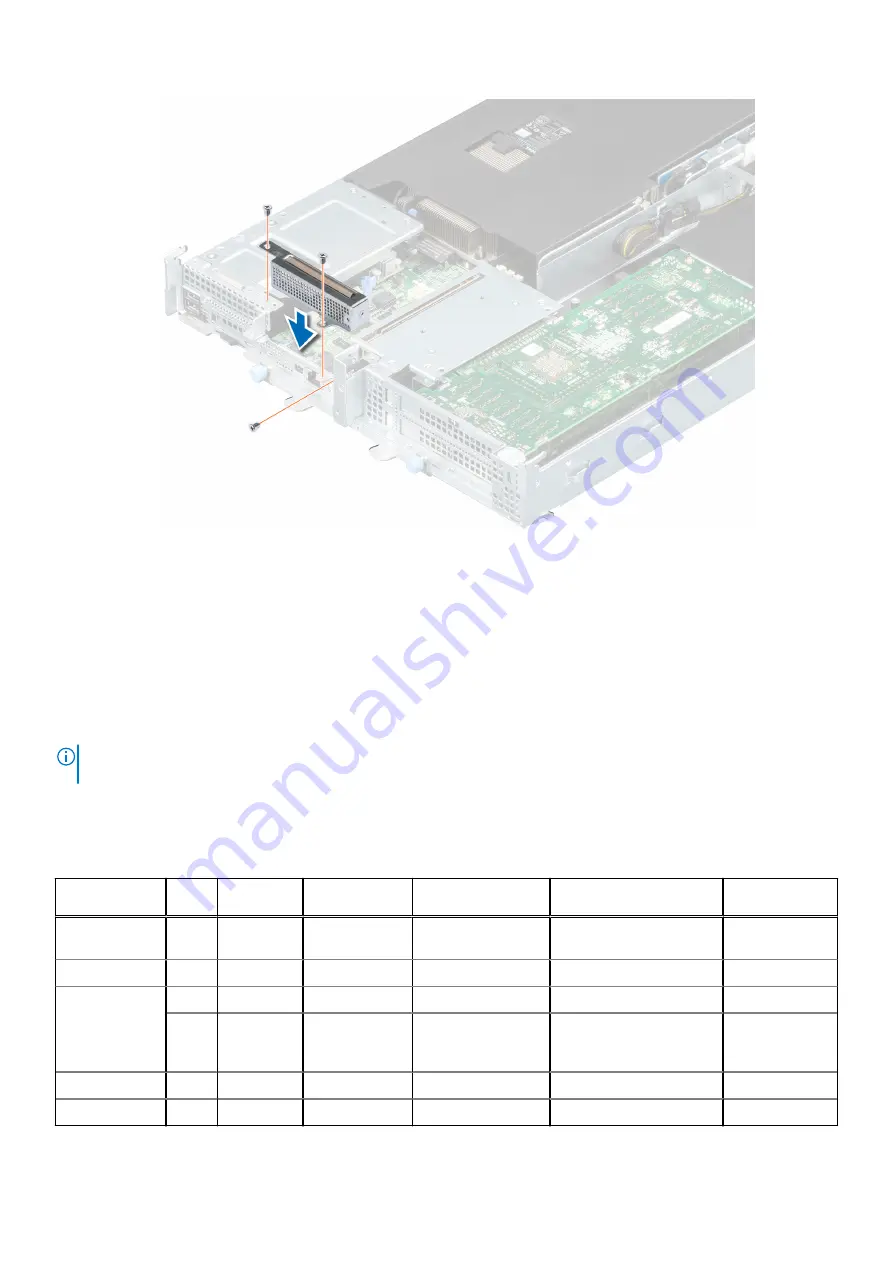
Figure 22. Installing the PCIe dummy bracket
Next steps
1.
2. Follow the procedure listed in
After working inside your system
.
Expansion cards
NOTE:
A missing or an unsupported expansion card riser logs a System Event Log (SEL) event. This does not prevent your
system from powering on and no BIOS, POST messages, or F1 or F2 pause is displayed.
PCIe slot priority
Table 7. Supported expansion options
Location
Width Card
length
Bracket
height
Controlling CPU
PCIe width
Usage
DCS_MEZZ
slot-1
NA
NA
NA
CPU1
X8
miniPERC
OCP Slot-3
NA
NA
NA
CPU1
X8
OCP 2.0
PCIe riser
Slot-4
DW
FL
FH
CPU1
X16
FE1/NV100S
SW
FL
FH
CPU1
X16
CX4 NIC /
BCM57414 NIC/
T4
PCIe Slot-5
NA
NA
NA
CPU2
X8
PERC
PCIe Slot-6
NA
NA
NA
CPU2
X8
PERC
56
Installing and removing system components
Summary of Contents for EMC PowerEdge XE7440
Page 12: ...System information labels Figure 4 System board connectors 12 PowerEdge XE7440 overview ...
Page 13: ...Figure 5 Express Service Tag PowerEdge XE7440 overview 13 ...
Page 14: ...Figure 6 Memory information 14 PowerEdge XE7440 overview ...
Page 15: ...Figure 7 System tasks PowerEdge XE7440 overview 15 ...






























